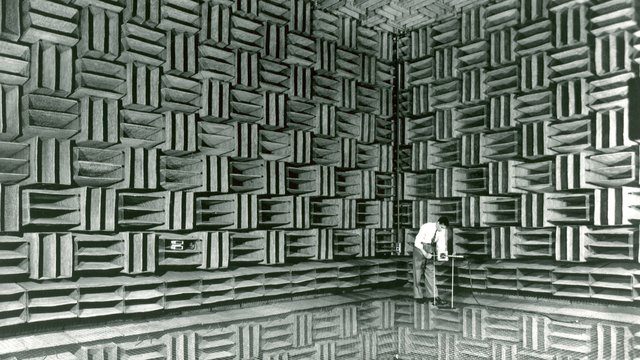Theoretical discussions around the role of music in cinema often revolve around its integration into the film’s narrative world. While historically, music was considered an add-on to the visual, recent perspectives challenge this view. Claudia Gorbman highlights that music in film always carries meaning, much like poetry. It can transcend its narrative context, blurring boundaries between diegetic and nondiegetic realms.
This blurring of boundaries generates narrative tensions, creating what Robynn Stilwell calls a “fantastical gap” between diegetic and nondiegetic music. These moments of overlap or confusion are deliberate narrative tools, aimed at engaging the audience emotionally and symbolically.
Jeff Smith adds to this discourse by focusing on the relationship between diegetic music and narrative space. He introduces the concept of metadiegetic music, which straddles the boundary between diegetic and nondiegetic, enhancing the film’s communicativeness.
Michel Chion’s concept of the acousmêtre, particularly the voice, further complicates this discussion. The acousmêtre possesses magical qualities and can exist both inside and outside the film’s image, blurring distinctions between diegetic and nondiegetic sound.
The corporeality of sound, emphasized by theorists like Gilles Deleuze and Rick Altman, underscores the physical nature of sound production. Sound disrupts surrounding matter, suggesting its materiality. This materiality extends to the aural body of film, which interacts with diegetic and extradiegetic spaces.
In the context of “La Haine,” the DJ Cut Killer scene exemplifies these theoretical concepts. The DJ’s visible and aural presence extends into both diegetic and extradiegetic realms, creating a palpable impact on the audience. The physicality of sound, depicted through the DJ’s hands manipulating turntables, underscores the corporeal nature of music production. This scene exemplifies the dynamic interplay between music, narrative space, and audience engagement in cinema.
